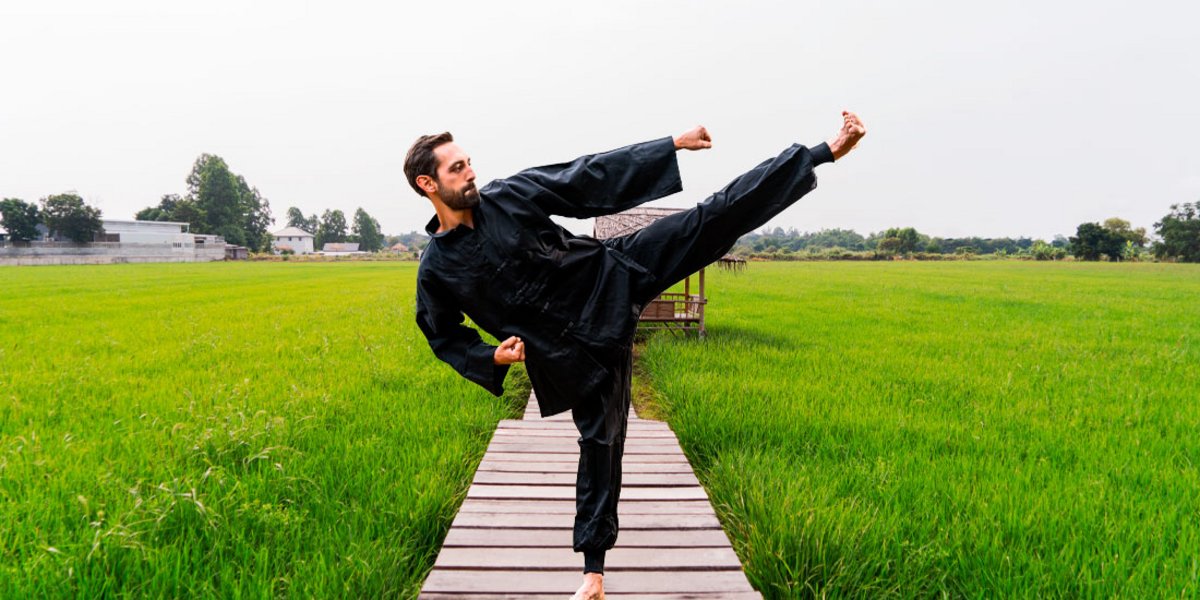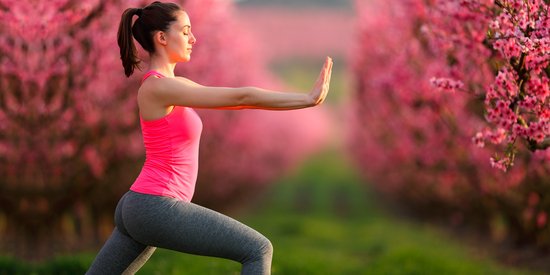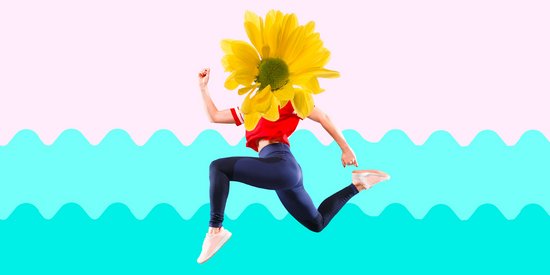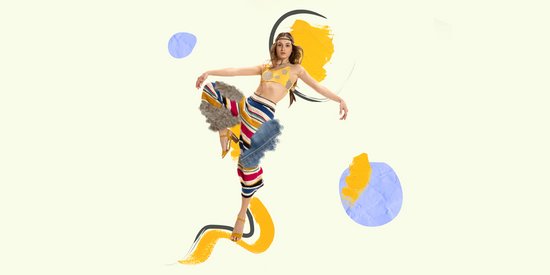Introduced in the early 1970s, Tai chi chuan or Tai chi, is a martial art that comes to us from a famous Taoist hermit, Zhang Sanfeng (Chang San Fung), who lived in the Shaolin Temple in the 13th century.
A legend says that he was inspired by a fight between a bird and a snake, to design the sequences and postures that would have given the snake a little control over his opponent, thanks to the flexibility and coordination of the movements.
This thousand-year-old Chinese martial art has energy circulation as an essential element of it, and which is more commonly called qi.
Bringing together the body and the mind in a movement, Tai-chi chuan can be considered as a form of energetic gymnastics, where traditional Chinese medicine also finds its place.
Harmony between body and mind
Tai chi chuan remains a complex form of Qi-gong, where the goal is to find the right balance between yin (energy of the earth) and yang (energy of the spirit) energies, which form the Neijia.
Often related to moving meditation, Tai chi is destabilizing by the calm it releases. Regular practice of this martial art will allow you to gain flexibility through slow and large-amplitude movements, but can also help you improve sleep problems, stress, soothe anxiety and regain self-confidence. Various studies confirm that Tai chi helps improve balance and stability in people with Parkinson's and reduces various chronic pains. We also find the reduction of the risks of cardiovascular disease among the benefits of Tai chi. It is also possible to reduce various problems of rheumatism, osteoporosis (menopause) with it.
Tai Chi, an art of living
Meditations, called mindfulness, suggest the focusing on the present moment, when the meditator becomes a simple observer of himself. This method for the purification of the body and the spirit remains essentially based on movement and breathing, allowing the energizing of the interior vital energies.
Lao Tzu (Laozi) founding father of Taoism, practiced this alchemy throughout his life. He devoted a book “Tao Te Ching” to it, thus reconciling the two opposing universal principles, yin and yang.
How do you practice Tai Chi?
To try a session of Tai chi chuan, we suggest, like all disciplines of the genres such as yoga and Qi-gong, that you practice one or two trial sessions, in order to allow you to appreciate all the gentleness and the effectiveness of this martial art.
Accessible to all, you can start at any age. A Tai chi session lasts an average of 30 minutes but may vary depending on the teaching. Classes are given individually or in groups, and theoretically begin with warm-up and stretching exercises. Some teachers integrate elements of Qi-gong for the channeling of energy and the rebalancing of body postures.
Although the practice of Taï-chi remains very accessible, it should be noted that all so-called sports disciplines warn us against contraindications. Pregnant women should practice Tai Chi with some caution, also all people who have revealed serious heart problems.









